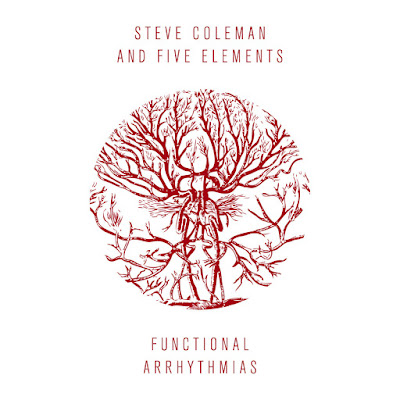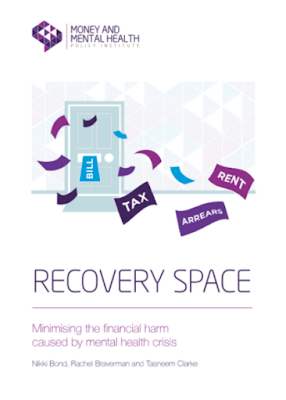
Where were we from
Part [i]? For the book
contents listing look no further. The publisher's site also provides sample pages.
For part ii we are up to chapter 14. Correlation studies, also known as aggregate or ecological studies had me scurrying to the index. While such studies usually rely on secondary analyses I thought about the power of social media to disrupt such distinctions. 'Social media' is there p.165 and this would be primary 'live' (the idea of a feed sounds 'live', but then web crawling can be quite retrospective) or secondary and might deserve a chapter of its own in. Despite such queries figures proceed to inform the analysis of correlation pp.97-100.
At step 3 we are still under a third way through the text, excluding the glossary and index. Chapter 15 explains research timelines and protocols. While trying to formulate my own research question, I created a research plan and Gantt chart (figs 15-1 & 15-2). This prompts me to revisit the exercise as an independent scholar with the decade long aspiration to create a new website. The treatment here is aimed, of course, at research teams with responsibilities and a principal investigator. Figure 16-1 on sample populations and how they are derived I sometimes share with students on placement as I encourage them to be researchers. They should always be asking questions, as students, at their job interview and a new post provides an ideal opportunity to hear problems, issues, uncertainties. Many managers miss this - a fresh pair of eyes.
Vulnerable populations deserve and are given specific mention. Chapters 17 and 18 covers primary research concepts, such as, sample size, power estimation, reliability and validity. The systematic approach throughout the book is evident here. My initial note about lack of whitespace sees Jacobsen advocating for whitespace in questionnaire design. This advice flows into surveys, interviews and other assessments. The research essential of Boolean search is described with the process of a systematic search strategy, also allied with Forest and Funnel plots. Do take time with chapter 25 on writing research grants, even if you are an individual. It is obvious, but your financial situation can greatly affect your staying power in a programme of study that incorporates research, or is research led. Personal circumstances can change.
In step 4 if research has its quarry face, then we meet it here in (what can be) the hard-grind of data management (chapter 26) code books, data entry, data cleaning and data coding. The maths is invariably explicit in chapters 28 and 29 on descriptive statistics, regression analysis. Here the figures and text really do go hand-in-hand. If baby should never be in the corner Step 5 reminds us that research should never just be stuck on the shelf. In reporting findings you will find posters, conferences, presentations and writing papers, citing sources, and seeing an article through submission, revision to publication. A chapter deals with success - or how to keep going which brings readers to end with a glossary that is not cross referenced but the index is thorough.
This is very good introduction and the title really reflects the aim and content. This is an excellent primer that you can return to after the paint is well dry. It will be a pleasure to pass this book on to a nurse working in research - clinical trials. As is often the case there is an online access code to additional course materials. I have not broken the seal but may add further comments if they follow. There are always other things that might be included. As
research stresses literature is there a way to include literacy, to wrest health literacy from the fog of the research question? Visual methods are increasingly used and the comic format used for educational, and even presentation of theses and dissertations. Genomics and the advent of (medically) personalised care may demand additional knowledge for researchers of all levels.
The other thought I alluded to in part [i] does not affect my recommendation for this book; but it concerns the primary, secondary and tertiary forms of research, literacy and access to information. Yes, these have an established place in the research process and lexicon (inclusion/exclusion criteria, informed consent...) with a history to reinforce this foundation. But is there a problem as this research is supporting health systems that really
must change. Does something further in research need to change? Where and how could we incorporate the quaternary view? Never mind a chapter: could that have a step all its own?
Part [i]
With thanks to Emma Phillips, Marketing Manager: Academic Class Learning.









 orcid.org/0000-0002-0192-8965
orcid.org/0000-0002-0192-8965